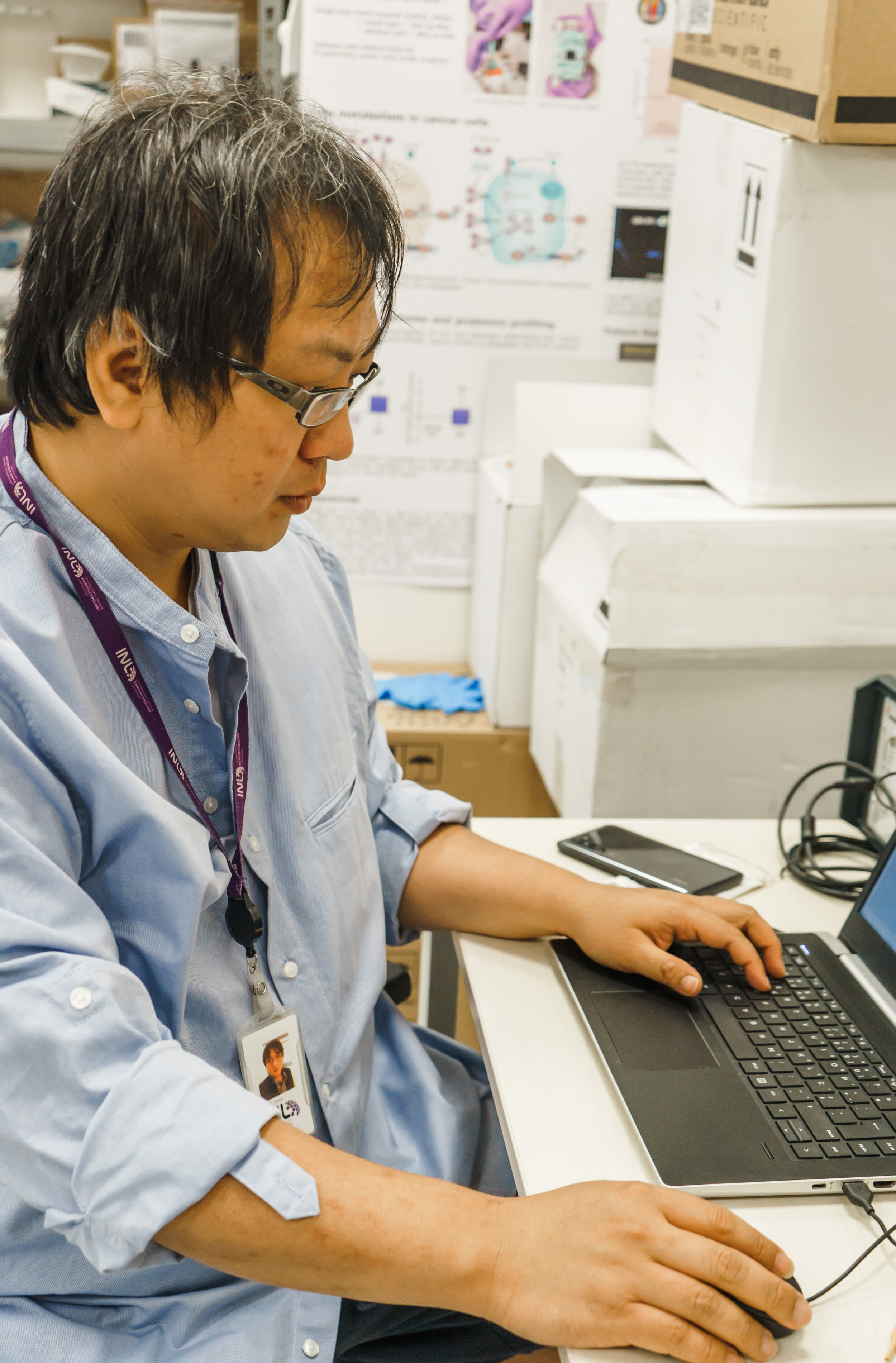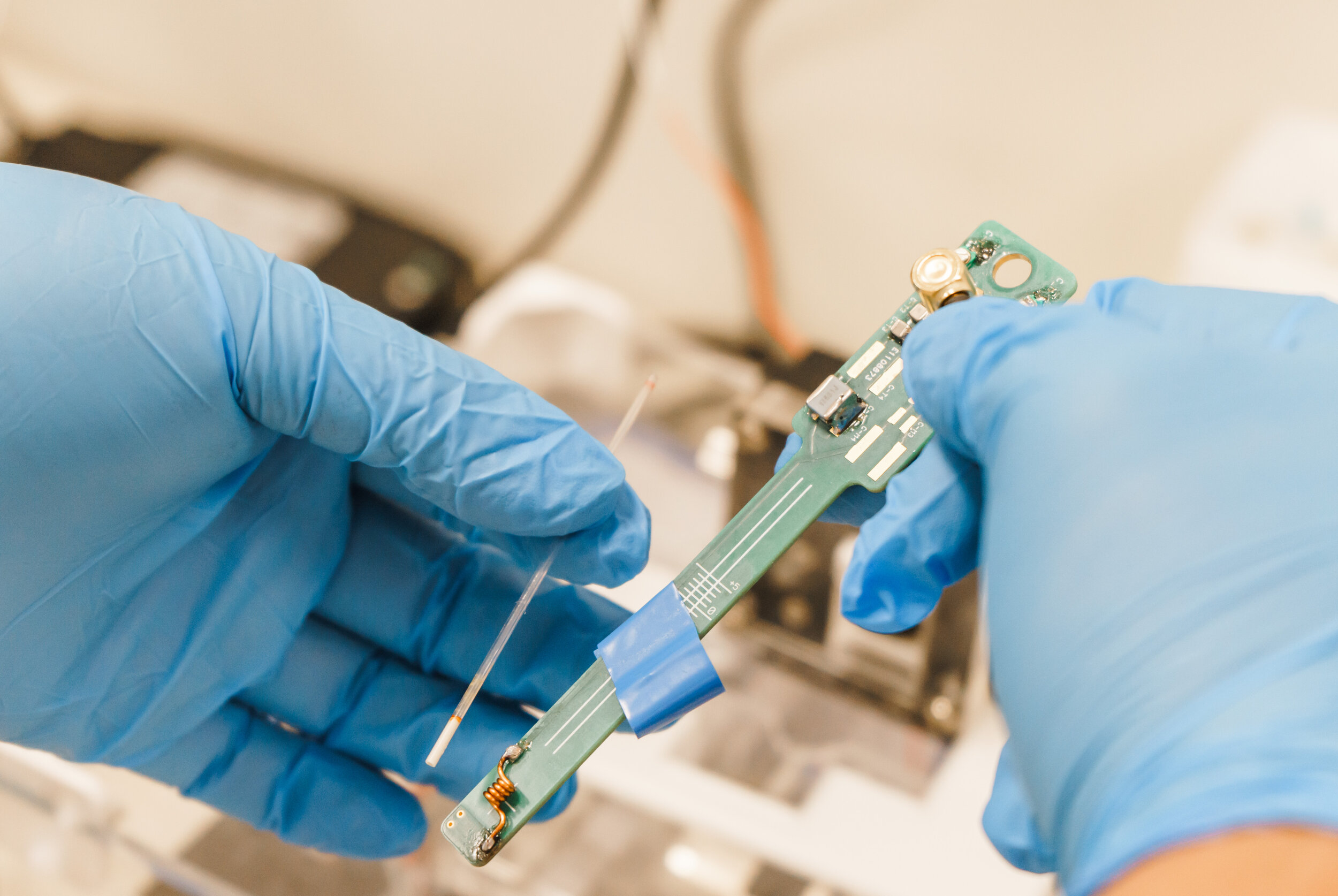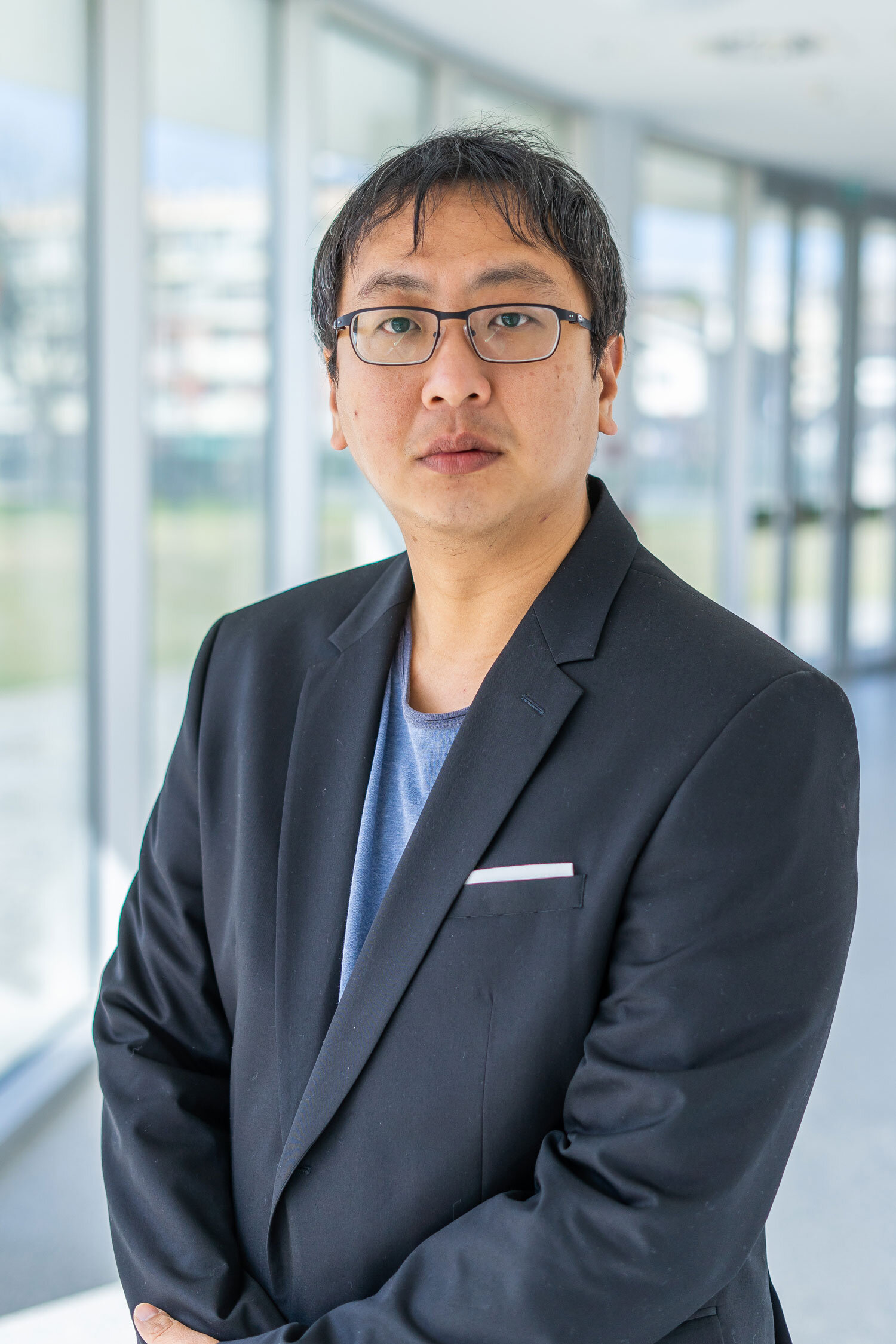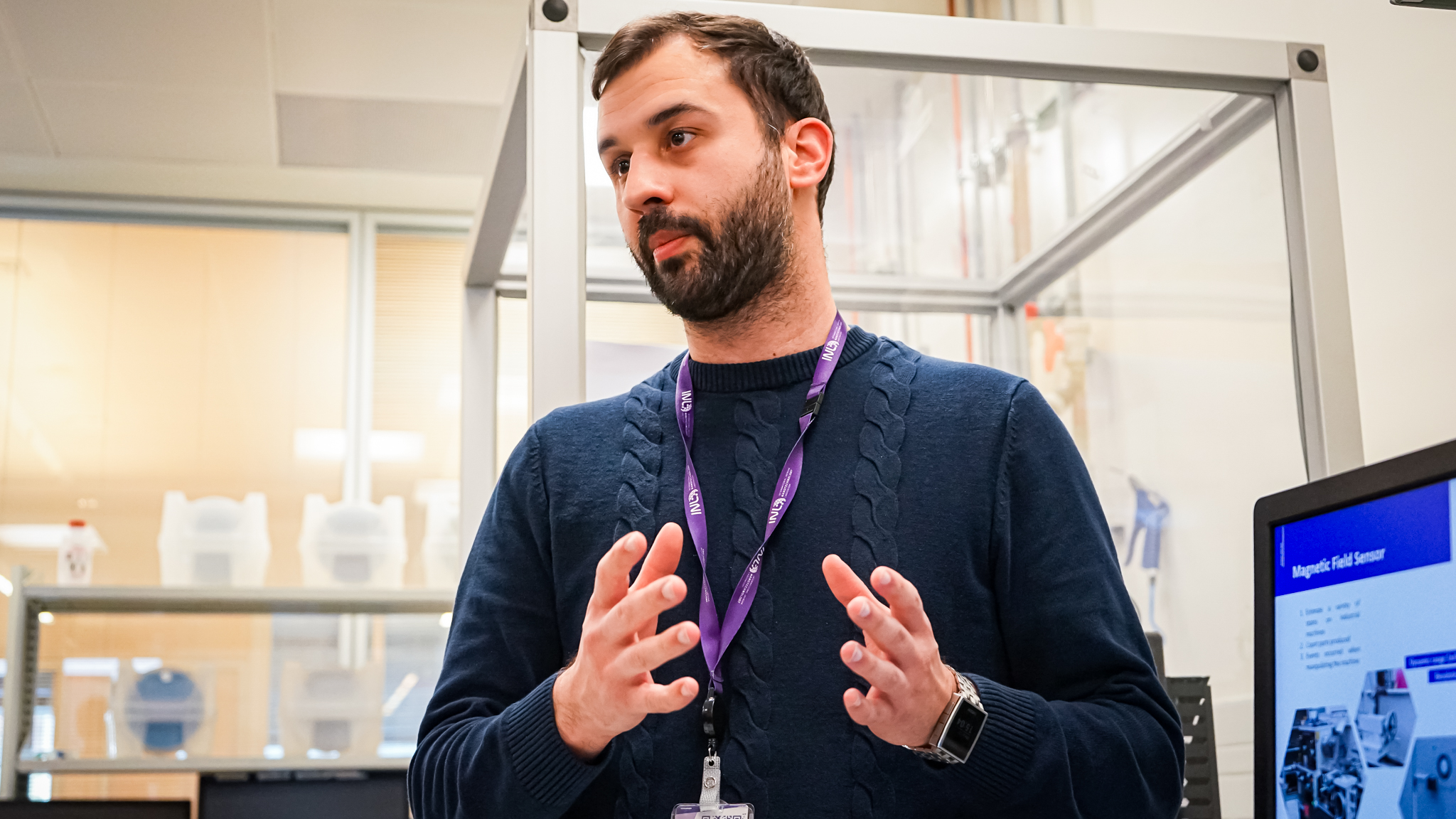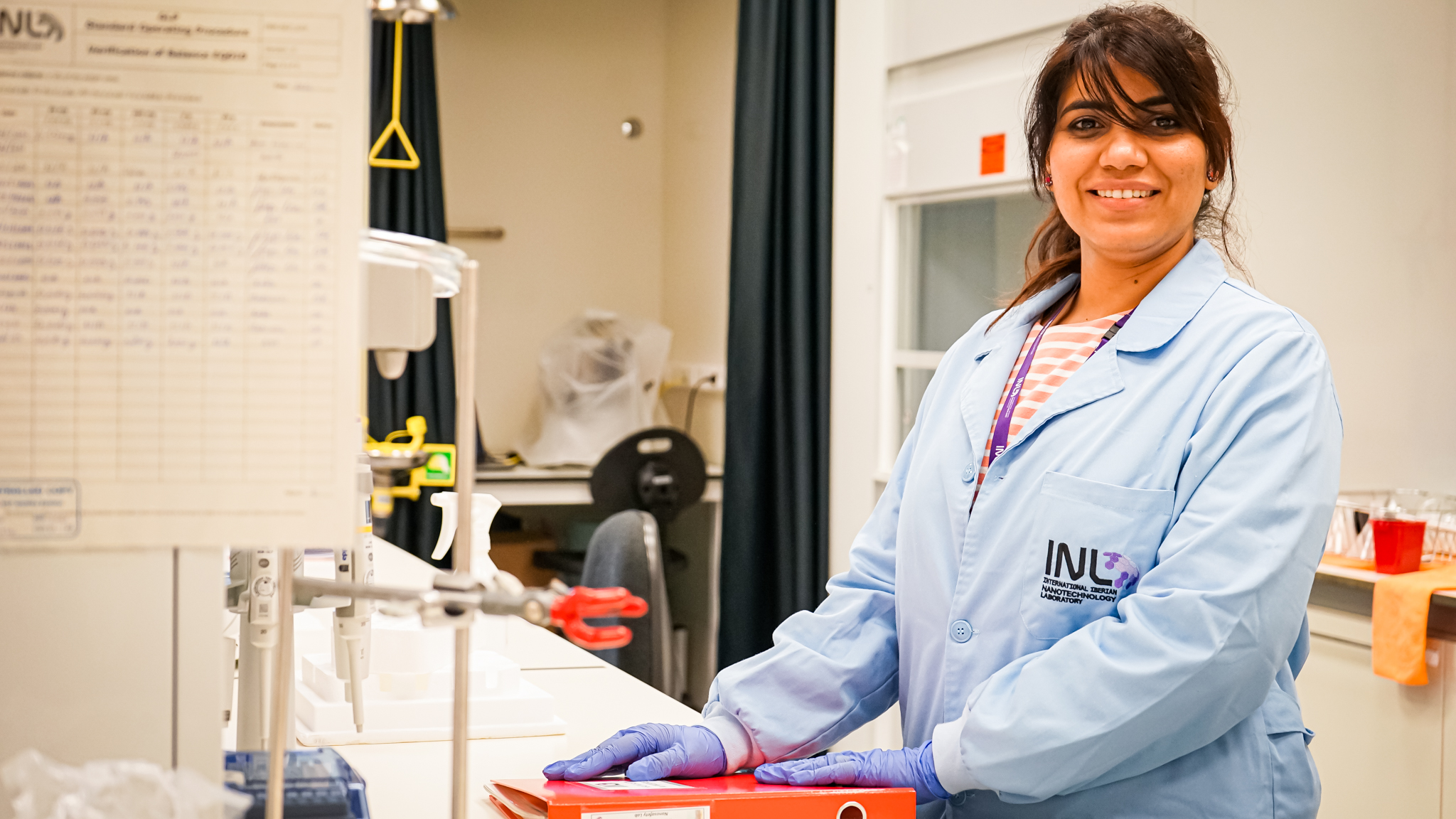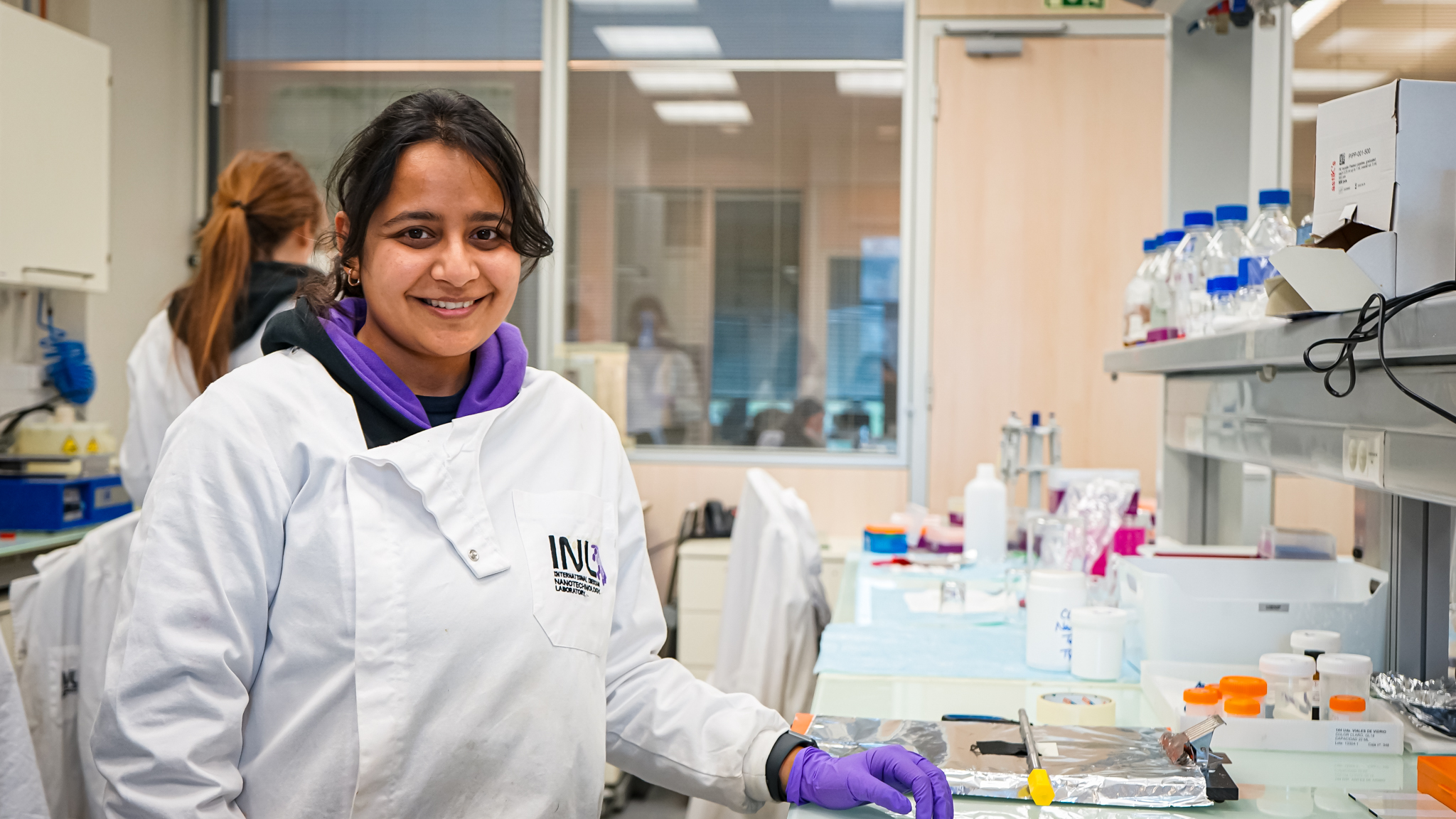
Interview with Weng Kung Peng, INL Group Leader
September 30, 2020
Weng Kung Peng is a Principal Investigator and Research Group Leader since 2017 at INL. His research is focused 0n developing and translating technological innovations (e.g., nuclear magnetic resonance, electron spin resonance, spintronic, Raman spectroscopic) for the next generation of precision (molecular) medicine (or agriculture), which enables in-situ, rapid, high-throughput, and multidimensional molecular phenotyping in (preferably) functional manner.
At INL since 2017, how was your journey before arriving here and what were the most important projects you’ve worked in?
I had tough postgraduate training in Japan and went to do my postdoctoral at Massachusetts Institute of Technology (MIT). I was physically based in Singapore under the Singapore-MIT joint program, where I was a Research Scientist there. I started off as an experimental physicist who was trying hard to realize a qubit using solid-state NMR, but I found it too hard to physically grasp the concept. I made a turning point during my postdoc when I was given a chance to work a biomedical problem – malaria diagnosis. I soon realized that my skill set in instrumentation development and understanding of Quantum Physics are transferable. I started to toil with the idea of using the same NMR-based micro scanner, (not for qubit this time) but for medical diagnosis. This was how the journey started. Soon, we discovered that there is a lot of biological information from just a single drop of blood. Plus, there is a lot of Quantum Physics too in it.
How did the Precision Medicine – Engineering (PME) group start and how does the group correlates with INL’s Research Strategy?
The PME team research agenda is actually a “shoo-in” INL´s strategic research plan, where we focus on translational research in the field of Personalized and Precision Medicine. We bring fundamental science around the value chain to market-oriented projects which will have a strong impact on the society. I work with colleagues from different backgrounds (e.g., chemists and biologists and engineers) in a solution based on the fundamental or hierarchy of knowledge and often closing the loop with the translational demonstration. So, INL is a good testbed to move knowledge quickly and allow us to go to the market in a relatively short time.
Congrats on the recent developments regarding the two-dimensional ‘molecular fingerprint’ of blood, can you explain to us the main takeaways?
This work is a game-changer for several reasons. Despite being able to engineer a micron-sized volume scanner, the introduction of machine learning is a gamer changer. Up to now, biomarker has always been in a single dimension (up or downstate). Having a two-dimensional molecular fingerprint, we will have a myriad of biological information. Machine learning (ML) helps to decipher the code behind and thus understand better. ML by itself is not able to predict anything meaningful, but when we (as Human) feed them with huge amounts of information, it does wonder.
ML just loves big data, the larger the better. Pretty much the direct opposite with Human. It helps to cluster, de-cluster or re-cluster big data sets. In medical world, this is essentially means if we don’t understand a certain trait (´phenotype´), but as long as we have a large dataset, we will see a certain shape forming, or pretty much like a ´signature´ unique to that sub-population (in macro state). This can be translated as diagnosis, prognosis or monitoring in personalized healthcare (in micro state). The symbiosis of human-machine (learning) will take us to the next level and quickly disrupt the healthcare system. To me, this is equivalent to comparing the pre and post-internet era.
Briefly, what do you enjoy about your work?
I put my sweat (and my blood literally) in doing research. I enjoy the freedom given to us researchers and the trust given to us. To me, the privilege of doing research is actually a CALL from my higher self. Human has intrinsic desire (aka curiosity), but with today´s pace we must be able to make research (somehow) market-oriented at some point. This is the same to any research topics.
This reminds me of a famous quote, when Michael Faraday was asked why is he keen on doing basic science, and his reply is classic – “Sir, You will soon be able to tax it!”
